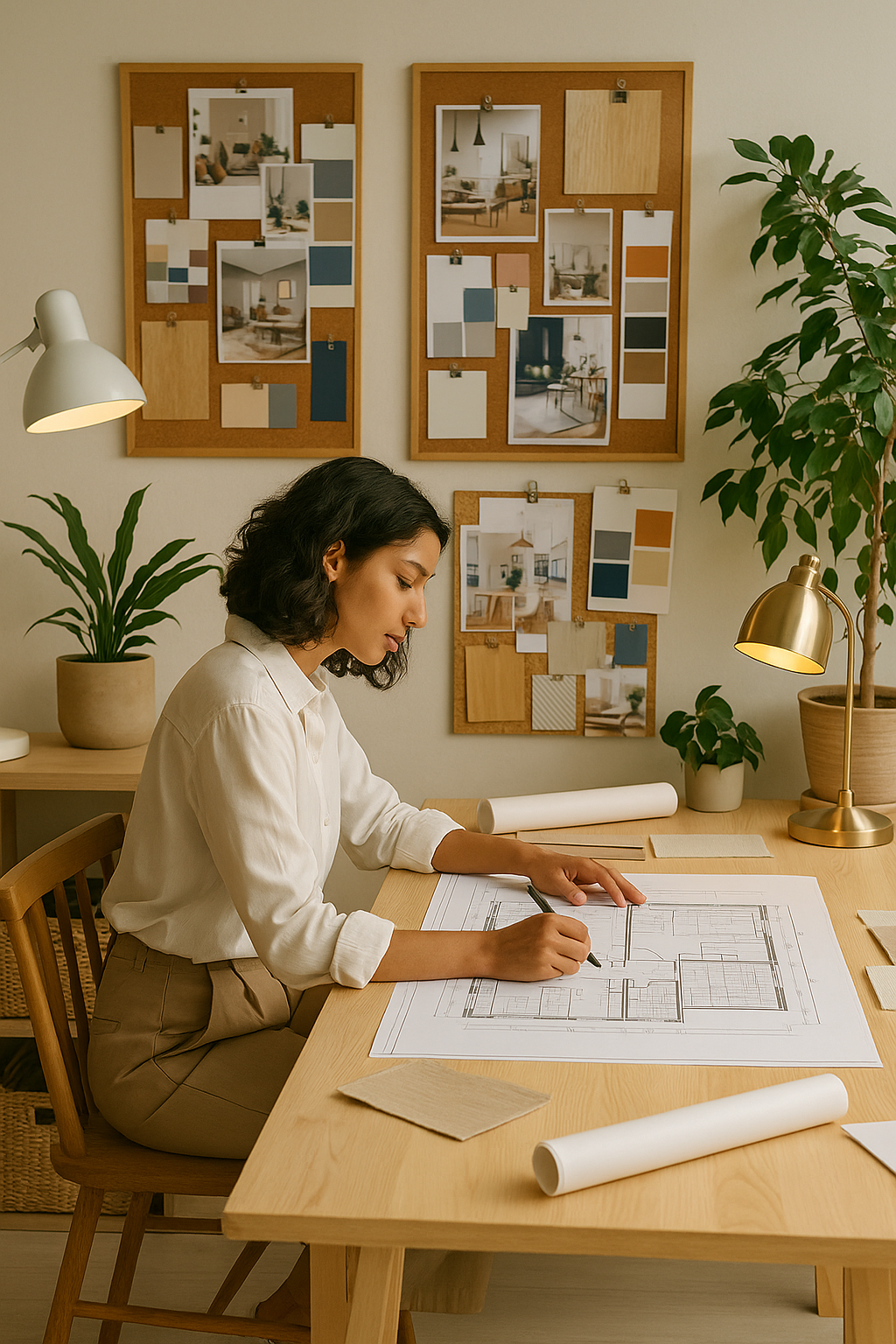Biophilic design, inspired by the innate human connection to nature, is gaining momentum in the world of interior design. By incorporating natural elements into indoor spaces, biophilic design seeks to create environments that promote health, well-being, and productivity. In this article, we'll explore how you can embrace biophilic design principles to bring the beauty of nature indoors and create harmonious and inviting spaces.

Understanding Biophilic Design
Biophilic design is based on the human desire to connect with nature. It is a design style that incorporates natural elements into interior design. By integrating features such as natural light, plants, and organic materials into indoor spaces, biophilic design seeks to create environments that support physical and mental well-being. Understanding biophilic design principles is key to creating spaces that feel welcoming and rejuvenating.
Harnessing Natural Light
Natural light is a major element of biophilic design. Exposure to natural light has been shown to improve mood, increase productivity, and regulate sleep patterns. Maximise natural light in your space by removing heavy curtains or blinds and opting for sheer or light-filtering window treatments. Position furniture to take advantage of natural light, and consider installing skylights or light wells to bring even more natural light into your home.
Bringing the Outdoors In with Plants
Plants are a staple in any biophilic design scheme as they improve air quality and create a sense of connection to nature. Incorporate a variety of indoor plants into your space, from large statement plants to small potted herbs. Consider creating a living wall or installing plant shelves to maximise greenery in your home. Plants add visual interest and contribute to a healthier and more vibrant indoor environment.

Embracing Natural Materials
Embracing natural materials is another key aspect of biophilic design. Opt for materials such as wood, stone, and clay, which bring a sense of warmth and texture to your space. To minimise environmental impact, choose furniture and accessories made from sustainably sourced materials. Incorporate natural textures like jute, wool, and rattan to add depth and visual interest to your interiors.
Creating Connections to Nature
Biophilic design seeks to create a sense of connection to the natural world, even in urban environments. To evoke a sense of the outdoors, integrate elements such as water features, fire pits, or outdoor views into your space. Consider incorporating natural patterns and motifs into your decor, such as leaf prints or botanical artwork, to bring the beauty of nature indoors.
Designing for Well-being and Productivity
Biophilic design is not just about aesthetics – it's also about creating environments that support well-being and productivity. By incorporating natural elements in indoor spaces, it can help reduce stress, improve concentration, and boost creativity. Whether you're designing a home office, a living room, or a bedroom, biophilic design principles can help create a space that feels calming, inspiring, and rejuvenating.
Overall, biophilic design offers a holistic approach to creating interiors that are not only visually appealing but also promote health, well-being, and productivity.
If you're passionate about biophilic design and want to learn more, be sure to check out our interior design courses. Whether you're looking for a new hobby or considering a career change, our courses provide the knowledge and skills you need to succeed in the world of interior design.

